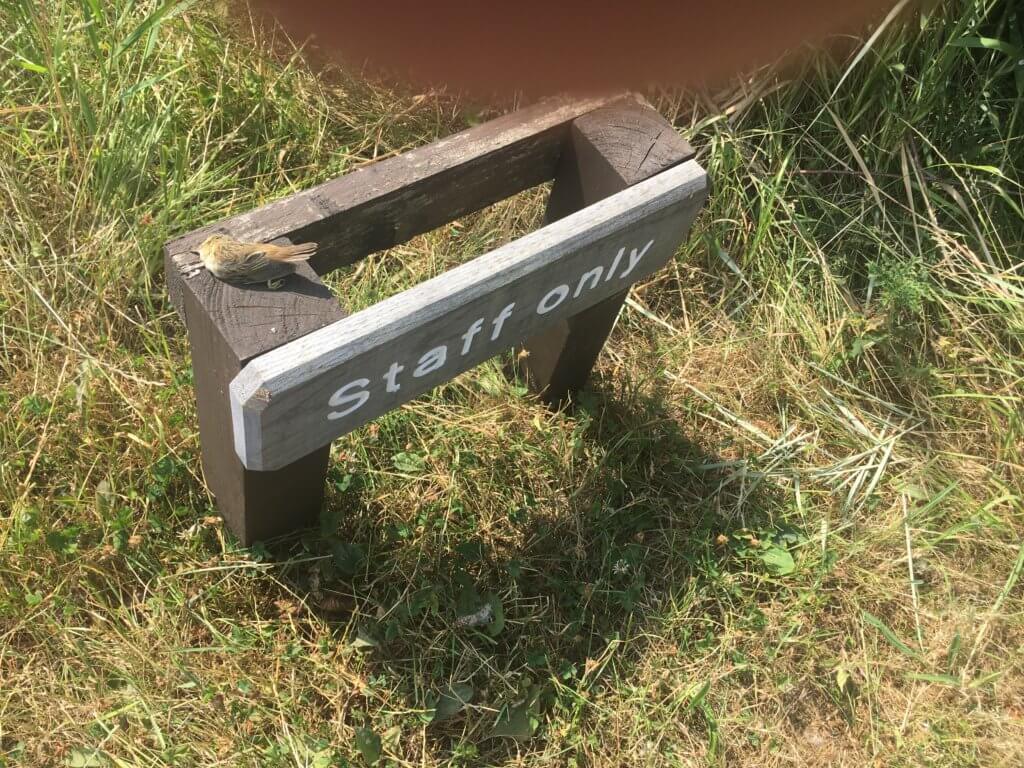
The RSPB seems to be working its Sedge Warblers to death these days.
Not seen at Frampton Marsh on Saturday morning (not by me anyway): Red-necked Phalarope, Pectoral Sandpiper, Curlew Sands.
Seen at Frampton Marsh on Saturday morning (by me anyway): Painted Lady, Spoonbill, Whooper Swan, thousands of Black-tailed Godwits, Little Stint, Spotted Redshanks, Wood Sandpiper…
The numbers of waders were impressive and the views of them superb. Who says July is the dullest month for birding?
[registration_form]
I feed the birds in my garden. I do occasionally find dead birds, and feel somewhat responsible when I see a Sparrowhawk eating a bird from my garden or, more usually, come across the obvious remains.
Overall, however, I think that I probably benefit the birds in my garden although I am altering their behaviour.
I would not be too concerned about the working to death of the warbler, just as I reason that I enjoy the birds and that I’m not really harming them, am I? I would hate to have many less birds in the garden and to not see the Sparrowhawk, so perhaps I’m just justifying it to myself.
Alex, unless you’ve put your feeder in a place where its hard for birds to get to cover you really shouldn’t be feeling guilty – Sparrowhawks are part of our natural world and they do eat birds – but they only eat birds where there are birds to eat – it shows your garden is a good habitat. In June our garden was full to bursting with families of young birds – especially blue and great tits. Sadly, many won’t make it to breed – some will fall prey to Sparrowhawks, some to winter weather – but we really would be wading through blue tits if all survived ! The acid test is, have you got more or less birds than in years gone by ? Sadly, in the wider countryside the answer is a pretty conclusive lower – but in our gardens there’s a good chance helping your birds along, they’ll be holding their own – including the Sparrowhawks which can’t survive without smaller birds to eat.
At least twice over the years at public ringing demonstrations I have been asked how to prevent Sparrowhawks taking birds at peoples bird feeders. My answer is simple if you don’t want to witness this take down the bird feeder, although like Roderick I have explained that it is part of nature and that it indicates a healthy local bird population.
Once having been accosted at a ringing site whilst ringing a beautiful male Sparrowhawk and asked why I was ringing rather than killing this bird as it took other birds at feeders. I explained to the other person how many eggs tits in particular laid and that once a year all birds moult their feathers. I then suggested that if it were not for Sparrowhawks and other bird predators we would be suffocating in a huge volume of moulted feathers. He got the point.
As to the Sedge Warbler it may have died of shock on being told it couldn’t use that area as it was not staff!
I would far rather have a Sparrowhawk take ‘my’ birds, than the local moggies, and there are rather more moggies than Sparrowhawks!